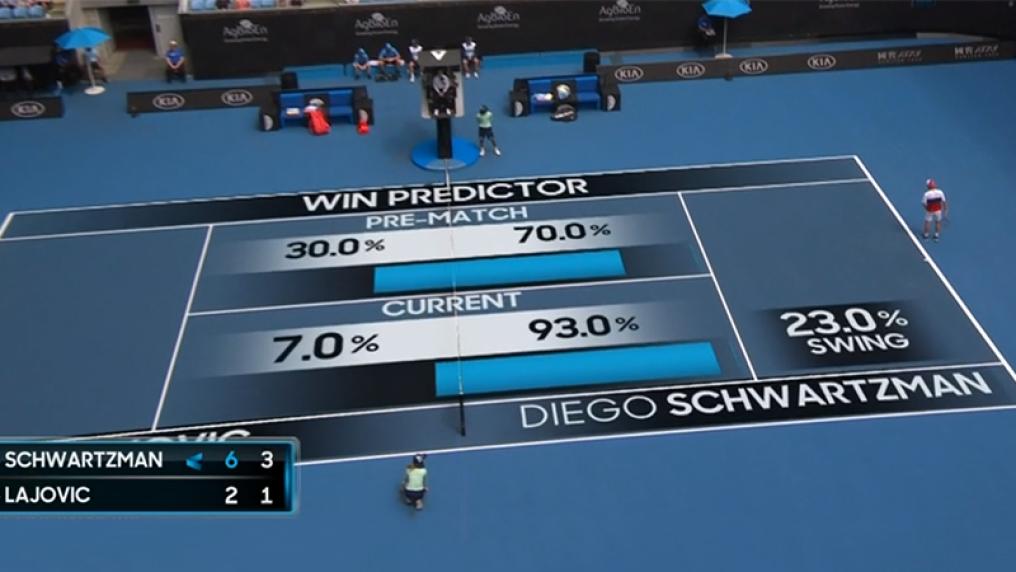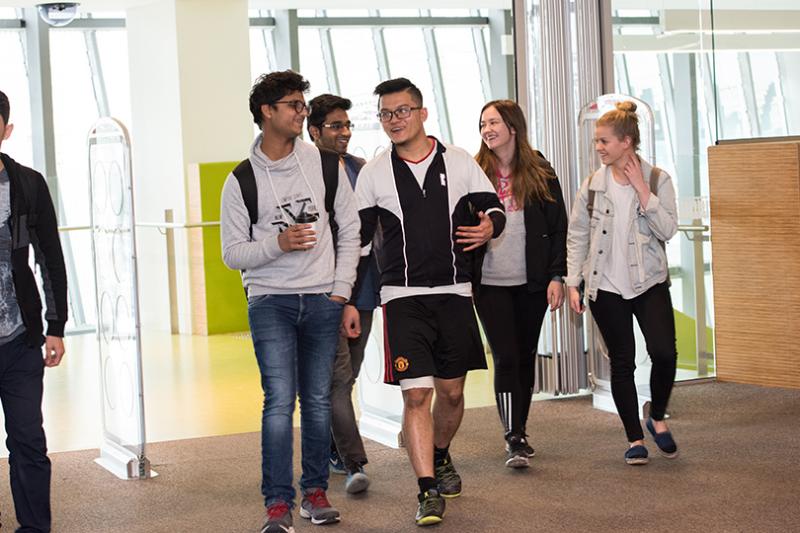Tennis stars & fans receive data & analytics

The 2020 Australian Open created tennis history, with Novak Djokovic winning his eighth Australian Open and Sofia Kenin winning her first ever grand slam.
Analysing the players’ every serve, match and racquet over the 14-day competition was the team of data scientists, computer engineers and sports scientists from Game Insight Group (GIG). GIG was formed by Tennis Australia in partnership with Victoria University.
Professor of Sports Analytics Sam Robertson said the 2020 Australian Open was a great experience for the team. Based out of the Media Centre, GIG provided data, insights and interviews to media outlets around the world.
“Along with the viewing audience, the major group of the tennis players and their coaches are obviously very interested in the data to find that extra one per cent improvement in their game,
” Professor Robertson said.
“
This year, we provided match play analysis to many tennis players and their coaches including Rafael Nadal, Stefanos Tsistipas, Elina Svitolina, Milos Raonic, Kevin Anderson, Daria Kasatkina and Madison Keys.”
Measuring serve quality
For the 2020 tournament, The GIG team unveiled Serve Value. This tool measures the quality of a player’s serve by rating its combined speed, spin and placement on a 0-100 scale.
“Most aces score close to 100 and most serves that land in the middle of the service box at low speeds register scores closer to 0.
“The data confirmed the hypothesis that the higher a player’s Serve Value, the further they progressed in the tournament.
“Serve value provided new insights to players and fans with respect to the quality of a serve. It enabled differentiation between first and second serves to be quantified, and feedback into just how good some returns of service actually were.
“Alongside data for the media, academic rigour comes through the paper mathematical model being considered for presentation at the MIT Sloan Sports Analytics conference in March in Boston,” Professor Robertson said.
The importance of the racquet
At the Tennis Lab, based in the National Tennis Centre at Melbourne Park, some of the world’s best players stopped by, including Dylan Alcott, Storm Sanders and Alex Bolt. They tested their racquets and string tension – a new analysis for 2020. This lab was established in 2019 with Tennis Australia.
“The greatest benefit for reducing string tension is it changes the ‘launch angle’ of the ball leaving the racquet, resulting in an increased depth of shot. This may be particularly useful for junior developing players who struggle to hit deep in the court,
” he said.
“There has been a lot of interest in the work we do in both GIG and Tennis Lab due to the forward thinking in using data to improve performance. We are always keen to work with people to improve their game and increase our data set.
”




